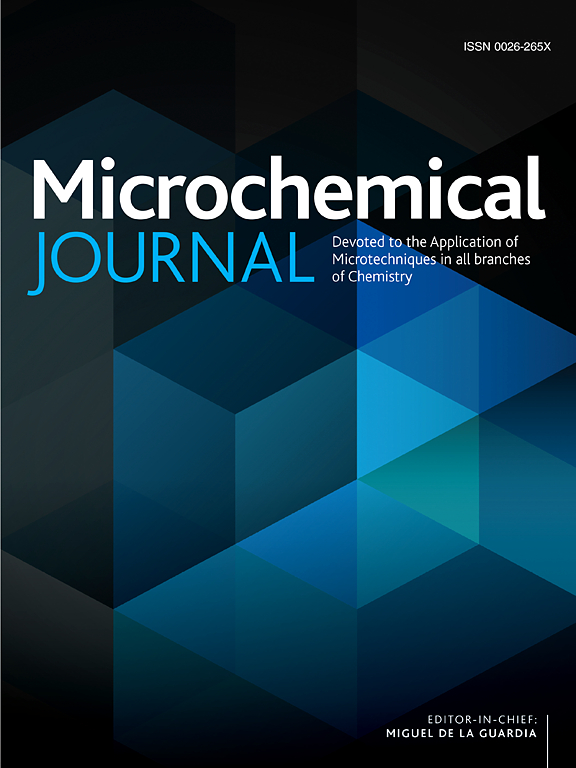Revolutionary carbon quantum dots and their applications: A theoretical computations perspective
IF 4.9
2区 化学
Q1 CHEMISTRY, ANALYTICAL
引用次数: 0
Abstract
Carbon quantum dots (CQDs) are considered very promising zero-dimensional nanomaterials in the fields of catalysis, optoelectronic materials, sensing and bioimaging. Nevertheless, its complex framework and variable photovoltaic effects pose challenges for its synthesis and design. Theoretical computations play an important role in materials science as a predictive tool, especially in understanding the structure and properties of materials. This review summarizes the progress made in modeling CQDs with GGA, LDA and SHE + U. According to the CQDs used in different domains, the structure–property relationships of the CQDs models are analysed in the areas of catalysis, optoelectronic materials, sensing and bio-imaging. Moreover, challenges and opportunities for theoretical computations in the application of CQDs are discussed.

求助全文
约1分钟内获得全文
求助全文
来源期刊

Microchemical Journal
化学-分析化学
CiteScore
8.70
自引率
8.30%
发文量
1131
审稿时长
1.9 months
期刊介绍:
The Microchemical Journal is a peer reviewed journal devoted to all aspects and phases of analytical chemistry and chemical analysis. The Microchemical Journal publishes articles which are at the forefront of modern analytical chemistry and cover innovations in the techniques to the finest possible limits. This includes fundamental aspects, instrumentation, new developments, innovative and novel methods and applications including environmental and clinical field.
Traditional classical analytical methods such as spectrophotometry and titrimetry as well as established instrumentation methods such as flame and graphite furnace atomic absorption spectrometry, gas chromatography, and modified glassy or carbon electrode electrochemical methods will be considered, provided they show significant improvements and novelty compared to the established methods.
 求助内容:
求助内容: 应助结果提醒方式:
应助结果提醒方式:


